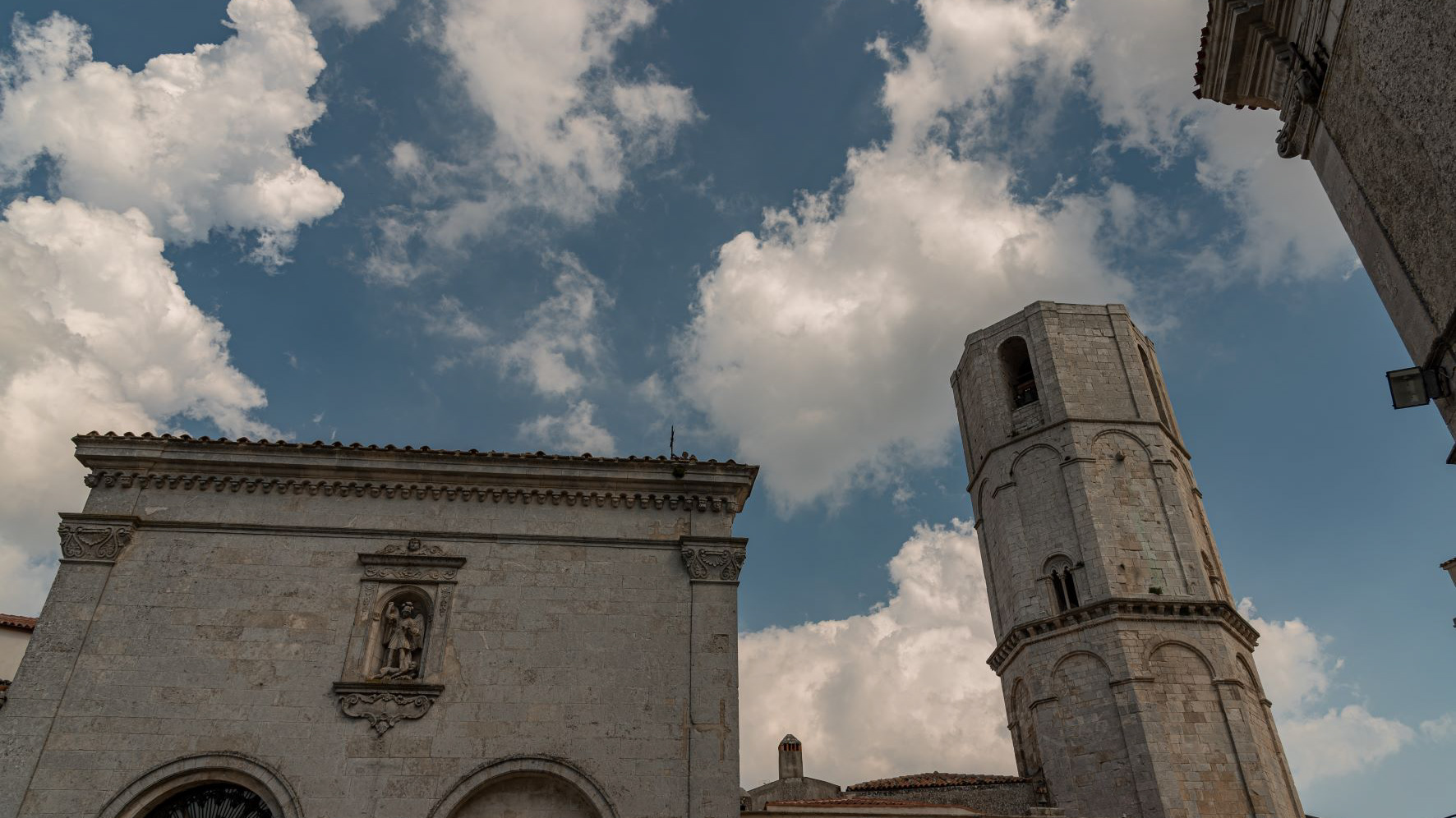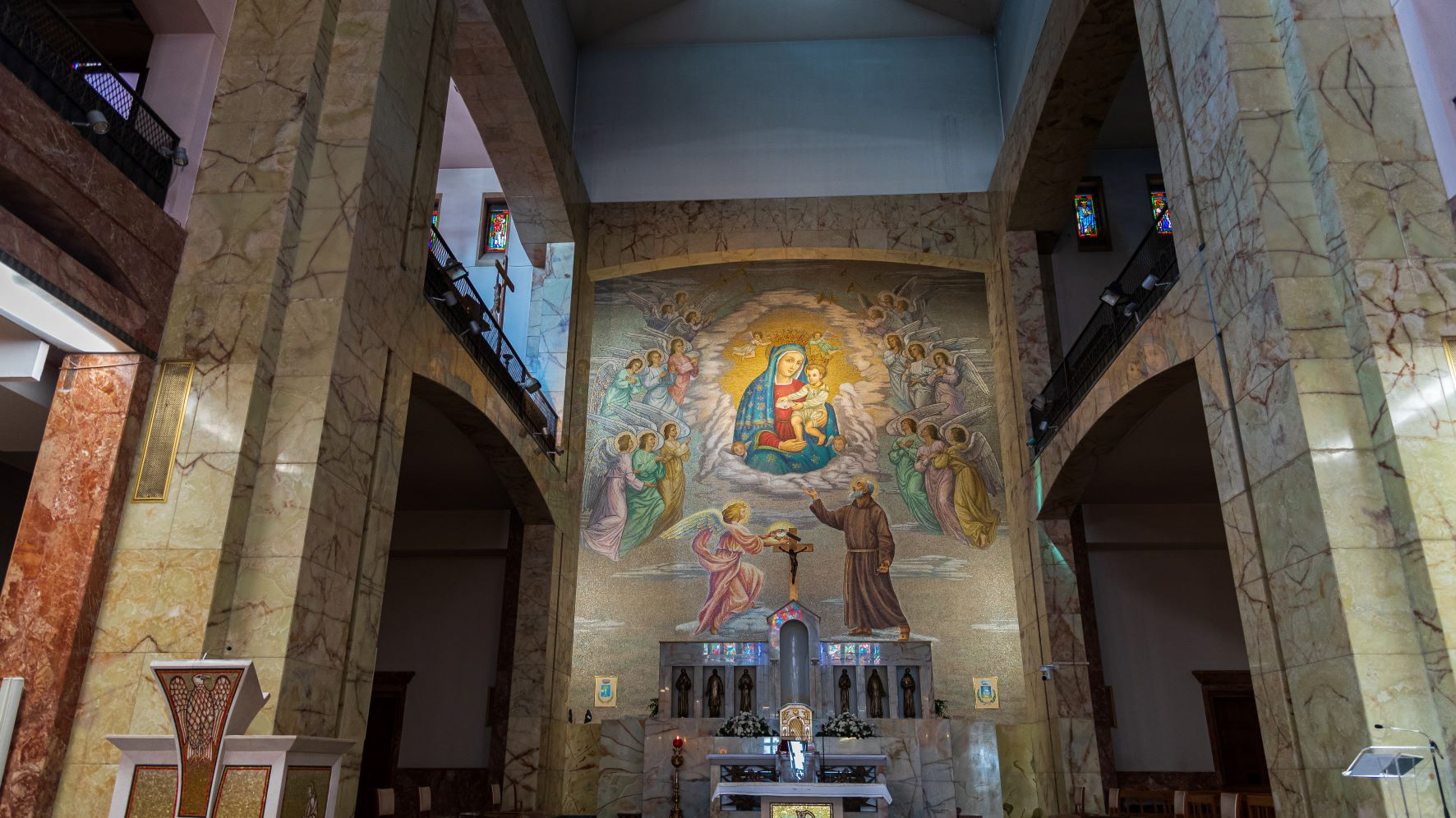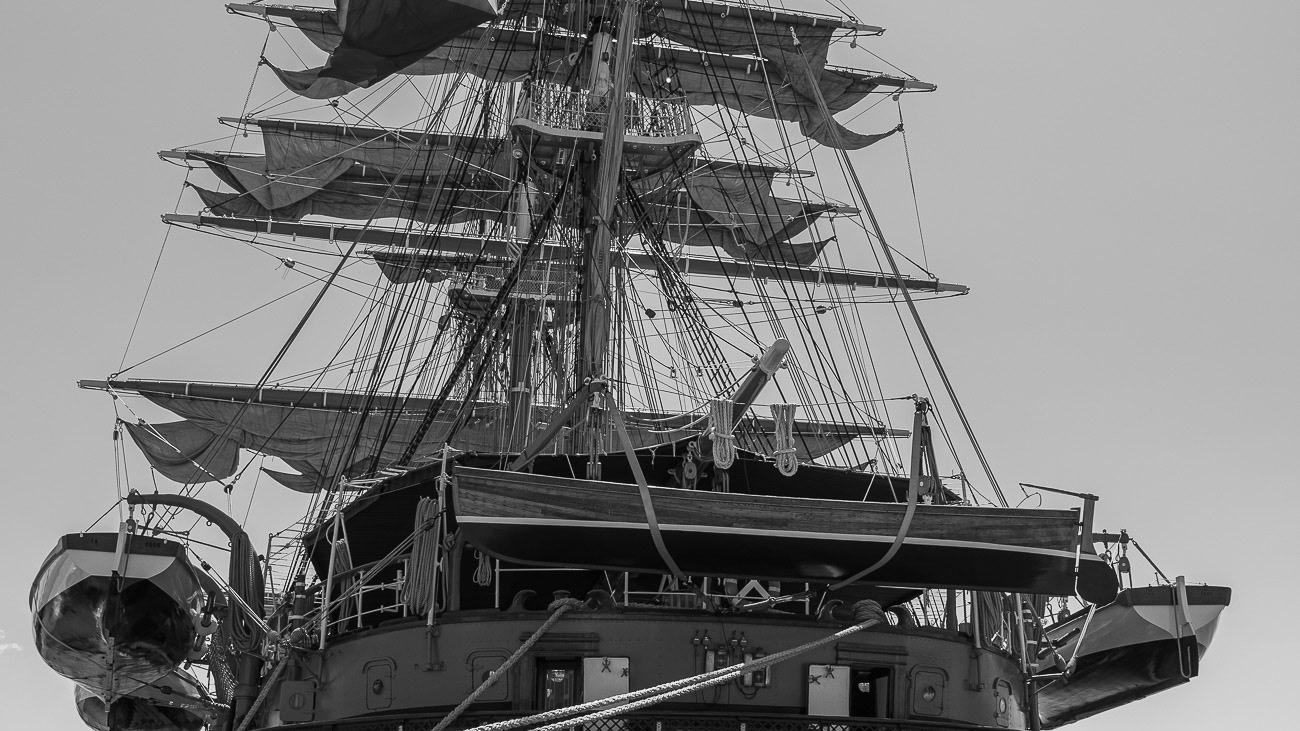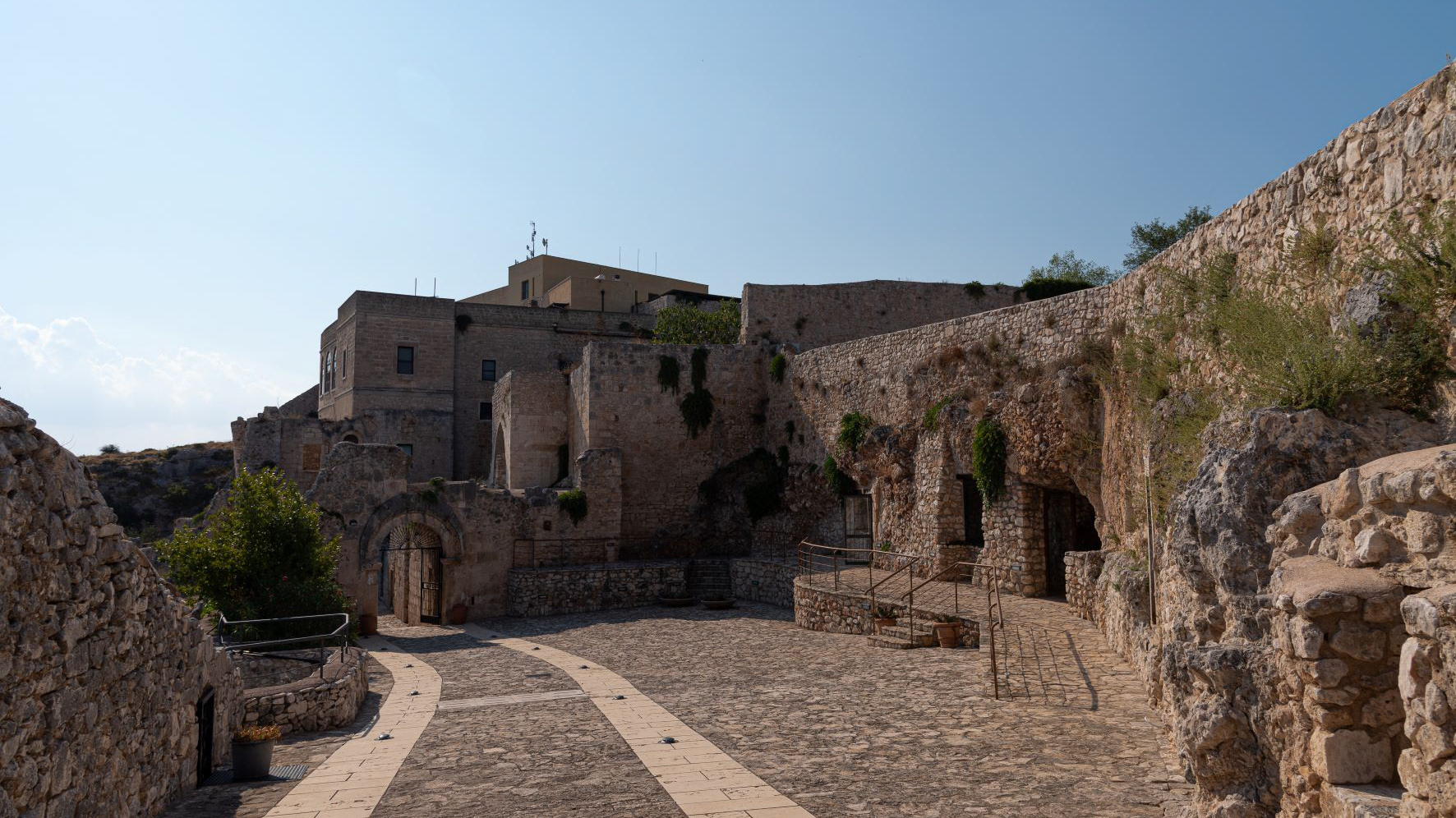Caves of Castellana
The Castellana Caves rise less than two kilometers from the town in the south-eastern Murge at 330 m a.s.l., a limestone plateau formed in the upper Cretaceous about ninety - one hundred million years ago. The tourist visit winds for 1.5 km but the longer itinerary takes two hours and develops for 3 km, between caves and chasms. The natural entrance consists of a huge open pit, about sixty meters deep, called the Grave. From the Grave to the Black Grotto or the Capitoline Wolf, after passing the Cavernone dei Monumenti, passing the Calza and then the Caverna della Civetta, crossing the Corridor of the Serpent, the Cavern of the Precipice and the Piccolo Paradiso, one runs along the long Corridor of the Desert also known as the underground Grand Canyon (of a reddish color due to the presence in this stretch of iron minerals) you reach the Cavern of the Tower of Pisa, the dripping pond, the Red Corridor, the Dome cave and finally passing by the lake of Crystals, we arrive in the bright White Grotto. All made up of stalactite and stalagmite concretions and galleries interspersed with the sudden opening of caves.
You may also like










